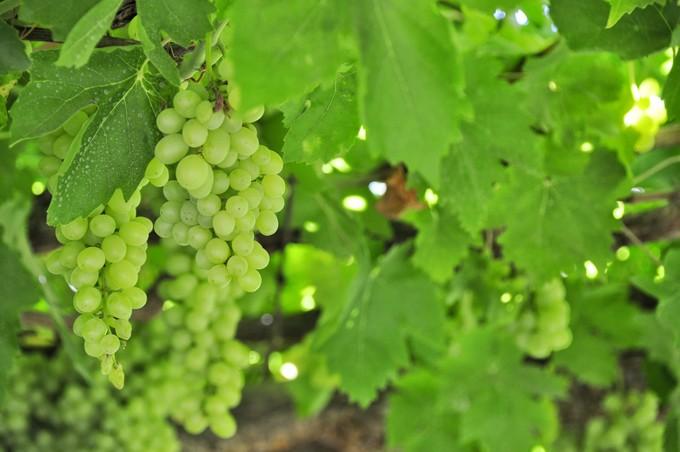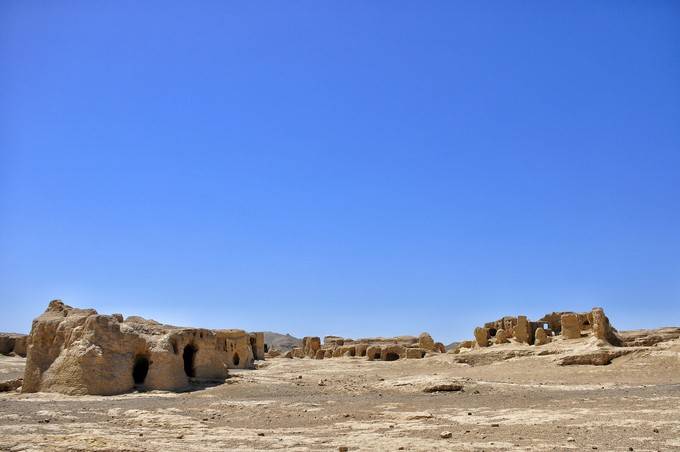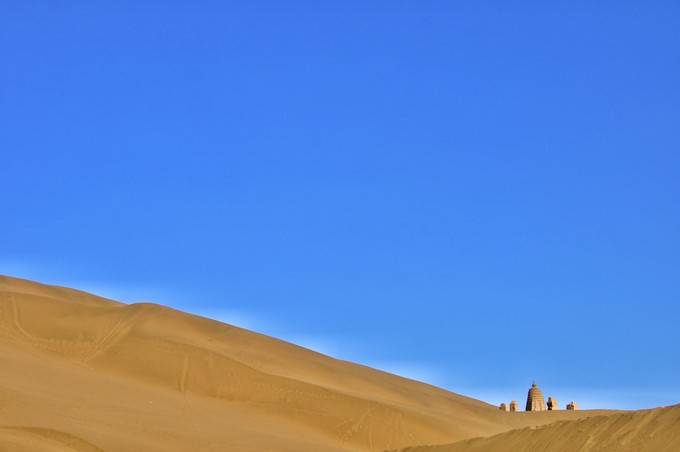'Jiaohe Ancient City' is located on the willow leaf island in the Yar Nazy Valley, west suburb of Turpan. It is named after the intersection of two rivers in the south of the city. Jiaohe City was built by the Cheshi people before the Qin and Han dynasties, but unfortunately, it was destroyed by continuous wars in the early 14th century during the Yuan Dynasty. After more than 2300 years of weathering, this city is still relatively well-preserved and is currently the best-preserved earthen architecture city in the world.
Located to the east of Turpan city, about 3 kilometers from the city center, Karez Paradise is a tourist destination themed around Karez culture and is one of the most famous attractions in Turpan. The tourist attractions include Karez, a museum, Uyghur-style hotels and restaurants, among others. Visitors can systematically learn about Xinjiang's Karez culture here, and can also dine, stay, and enjoy Uyghur-style architecture and cuisine, making it a great place to visit in Turpan.
Grape Valley
Located in the canyon under the Flaming Mountains, Grape Valley is known for its delicious Turpan grapes, which are grown with the melted snow water from the high mountains. There are many varieties of grapes here, and they are particularly sweet. If you visit during the right season, you can set up a table under the grape trellis, enjoy Uyghur cuisine, and pick grapes from the trellis.
Turpan Flaming Mountains Scenic Area
The Flaming Mountains, which became famous across the country due to Journey to the West, are definitely worth a visit. However, whether you can enter the scenic area depends on your luck. The real filming location is actually behind the Flaming Mountains Scenic Area, and the scenery there is equally impressive.
Kumtag Desert
Located 90 kilometers from Turpan city, it is the closest desert to a city in the world. For thousands of years, the sand has not advanced, and people have not retreated, which is extremely rare. This is a mobile desert with sand dunes, sand mountains, and other diverse and colorful landscapes. In Uyghur, 'sand mountain' also means 'sand mountain.' It formed during the Han Dynasty and is a museum that encapsulates the typical landscapes of the world's major deserts. It is also the sacred place that explains the final disappearance of the ancient Loulan Kingdom.













